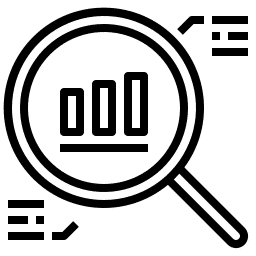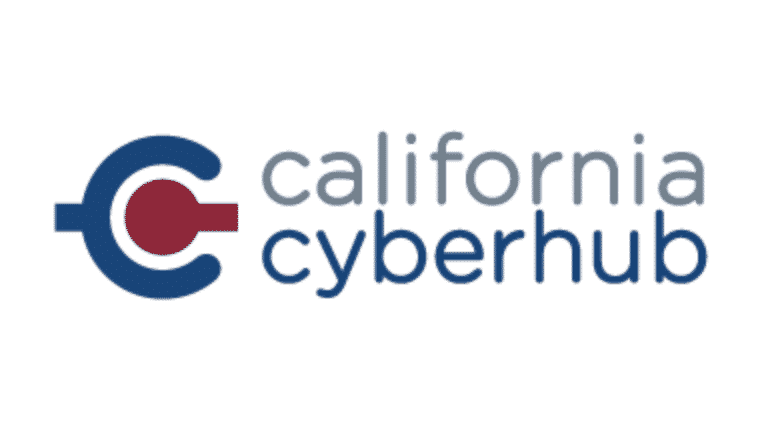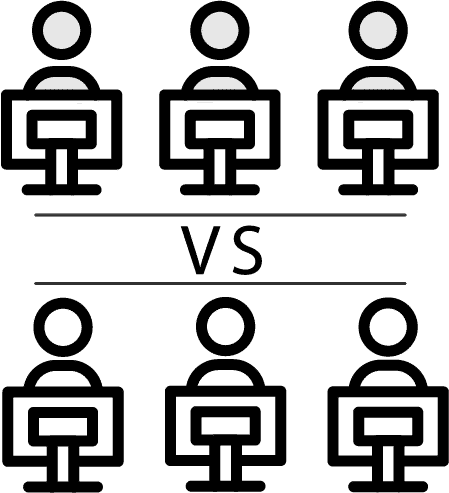- Career Powered by SynED
- (866) 420.4573
- Make a Donation
SynED Solutions
SynED provides all the services and support you need to effectively design, execute and report on your grants, projects, programs and other activities.
When you engage synED to handle your projects you won’t have to lift a finger to realize success!
SynED Solutions
SynED provides all the services and support you need to effectively design, execute and report on your grants, projects, programs and other activities.
When you engage synED to handle your projects you won’t have to lift a finger to realize success!
SynED can help you design and develop your project with achievable outcomes that focus on key institutional metrics and best outcomes. We understand the business environment and have access to key business leaders who add considerable value and alternative perspective to the design and quality of your projects. SynED also understands the balance between lofty goals and your bottom line. With effective research and analysis we help you establish outcomes that are achievable and within your budget. By working simultaneously with multiple institutions and organizations, synED has a unique perspective to help you develop innovative and successful projects and programs.
Premium Services
Program and Project Design Services

Tactical Plan Development

Quality of Service Review

Business & Community Outreach

Vendor Management

Research and Analysis

Workforce Needs Assessment

Reporting and Case Studies

Contract Management
Sample Customer Projects

Increase Enrollment
Click to view solution
Direct Sales Connecting Employers and Colleges
Several Community Colleges have realized that marketing efforts do not always translate to bottom line enrollment increase. SynED has provided a direct sales program to reach out to local employers and community organizations to sell applicable course and training programs and help bring them through the enrollment process.
SERVICES PROVIDED:
Project Management | Messaging and Communication | Development | Outreach to Business | Reporting and Analysis

Unify Statewide Efforts for Cybersecurity Education
Click to view solution
California Cyberhub
The state of California desired to have a unified effort to connect disparate efforts and centralize resources. SynED stepped up and hosted the California Cyberhub and has since made it a full program supported by our organization.
Click Here
SERVICES PROVIDED:
Project Management | Community Organizing | Promotion and Advocacy Coordination | Curation of Content

Create a Tactical Plan
Click to view solution
Tactical Plan Development
Many regions and colleges received strategic direction from state level initiatives and grants however, they have some difficulty translating those into tactical plans to achieve results aligned with strategic directive. SynED has worked with many colleges to scan their regional environment and help develop tactical plans to identify actionable projects with clearly defined outcomes.
SERVICES PROVIDED:
Project Management | Research and Survey | Reporting and Analysis | Compression Planning

Organize a Statewide Cyber Competition
Click to view details
California Mayors Cyber Cup
California educators had a dream to have a true statewide cyber competition. SynED marshaled the resources and funding and implemented a framework that engaged 1300 students, 250 teams representing 150 cities from every region across the state.
Read the Report
SERVICES PROVIDED:
Multi Location Event | Coordination Marketing | Contract/Vendor management | Project Management

Serve More Without Increasing Capital Cost
Click to view details
Vendor Selection and Implementation
Two Community College regions in California desired to make IT and cybersecurity training more cost effective and available to traditionally underserved communities in their region. SynED guided the strategic planning process, created a vendor selection process for VLaaS vendors and provided implementation and vendor management services for implementation.
SERVICES PROVIDED:
Read the Report
SERVICES PROVIDED:
RFP Development | Vendor Evaluation and Selection | Contract Management | Project Management | Implementation Management | Compression Planning

Improve Service Offerings
Click to view details
Quality of Service Review
A Community College with a running program to support employee development within their service area desired to improve their enrollment. SynED did a quality of service interview with each of their customers and provided the college with a list of actionable items that help them align with their customer needs and improve participation in the community.
SERVICES PROVIDED:
Project Management | Research and Survey | Reporting and Analysis
If you don’t see what you are looking for, please tell us by submitting the form below and we will design a custom program for your specific needs.
Let’s plan your next project
"*" indicates required fields
Phone
General Inquiries: 866.420.4573 ext. 801 Programs: 866.420.4573 ext. 802
Location
SynED
2060-D Avenida de Los Arboles,
Suite 771
Thousand Oaks, California, 91362






